After a fairly long transfer, mostly by rail, to a less polar part of the World, I am now picking up the pace of additions to my bird list for the Tour with a few days in the Bahamas. That archipelago nation is definitely a tropical one, but its avifauna seems to me to more closely resemble that of mainland North America, compared to the explosion of colorful diversity found in the greater Neotropics. Nevetheless, there are many nice birds to be seen, and a sizable fraction of those can be done so without much difficulty. A smaller number of endemics are possible, but my efforts to see some of those fell short on this occasion. Here are a selection of the new species that I saw on the three Bahamaian islands that I visited, Grand Bahama, New Providence, and Andros.
Of the abundant and conspicuous birds, Gray Kingbird leads the way...
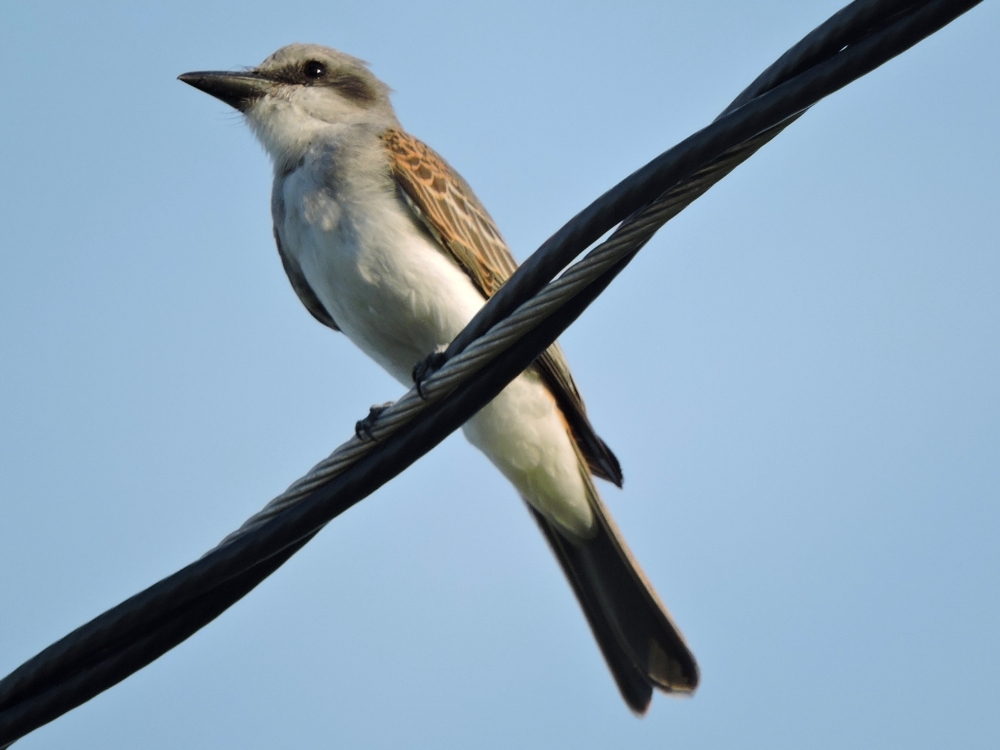
...and Mockingbirds are not far behind. However, most of those are the familiar Northern Mockingbird, but Bahama Mockingbird can be found if one looks closely.
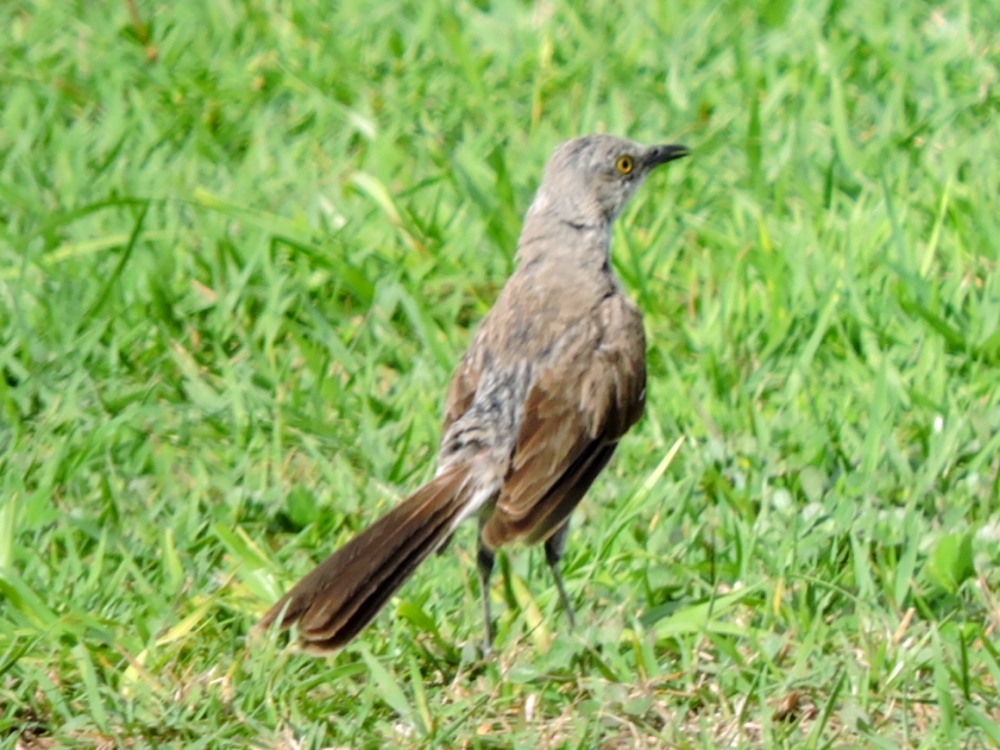
The default Thrush of the islands is Red-Legged Thrush, seen in many locations and habitats.
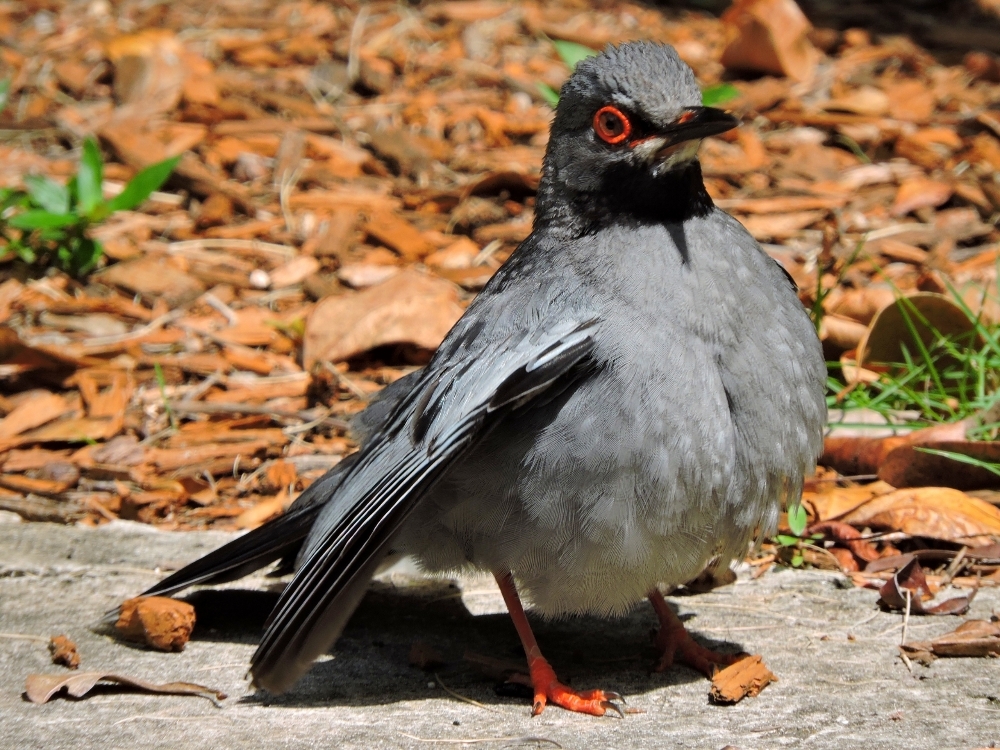
While the invasive Eurasian Collared Dove is present, three more distinctive members of Columbiformes were seen, including Zenaida Dove...
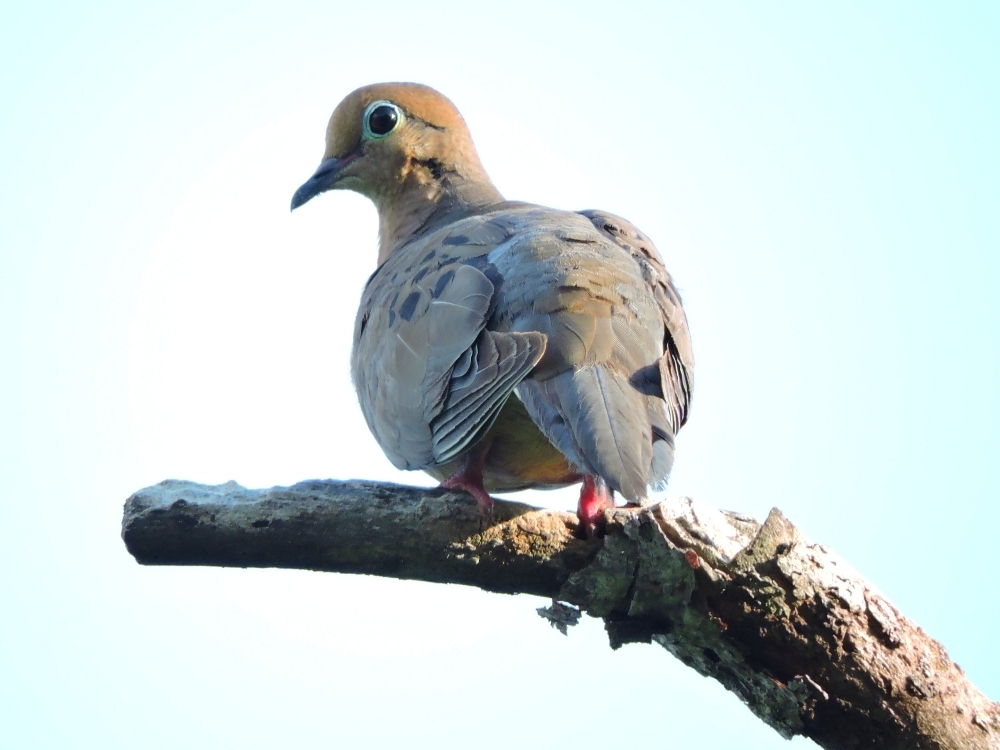
...Caribbean Dove, in the Bahamas, only found on New Providence...
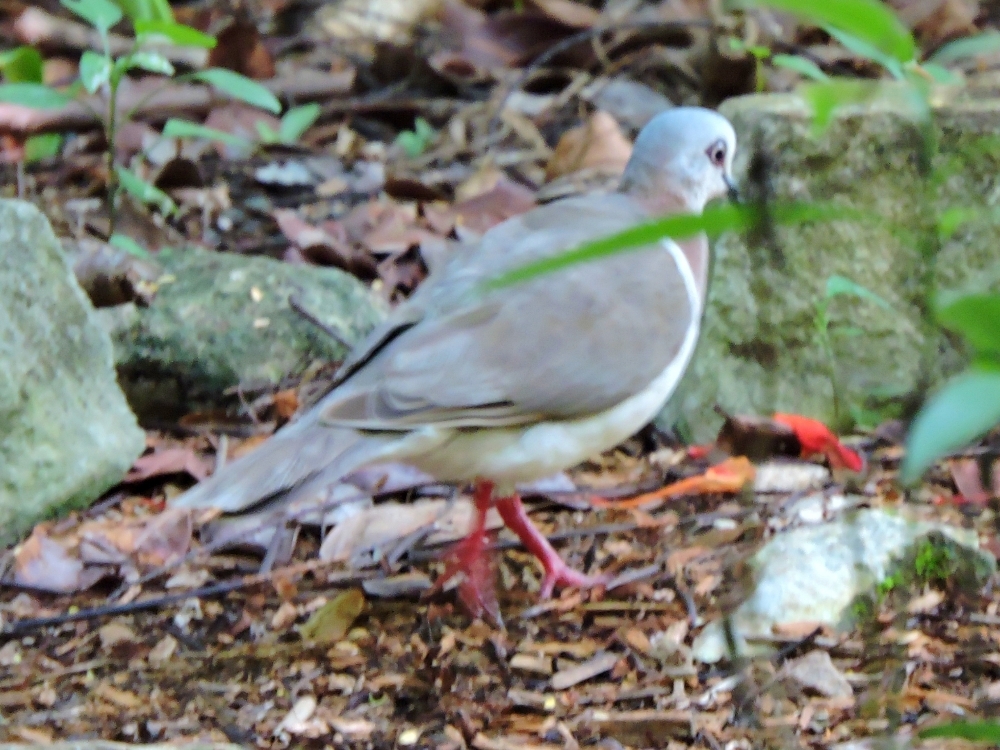
...and the attractive White-Crowned Pigeon.
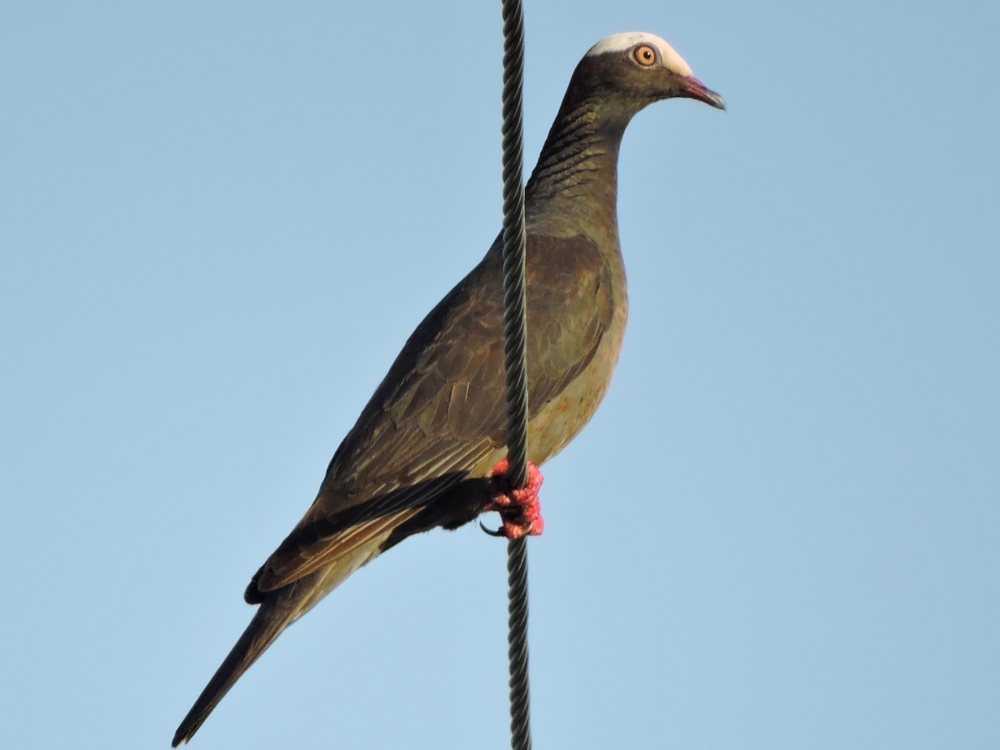
As usual, there are local varieties of flycatchers present, like LaSagra Flycatcher...
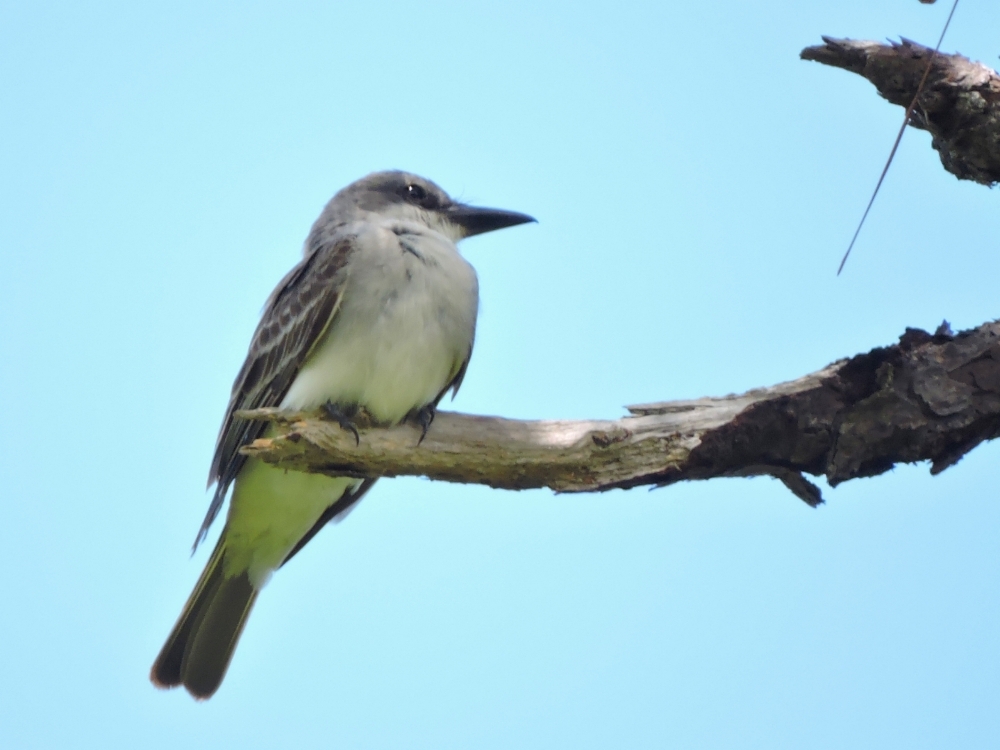
...and Cuban Pewee, a bird I did not observe when I went to Cuba 17 years ago.
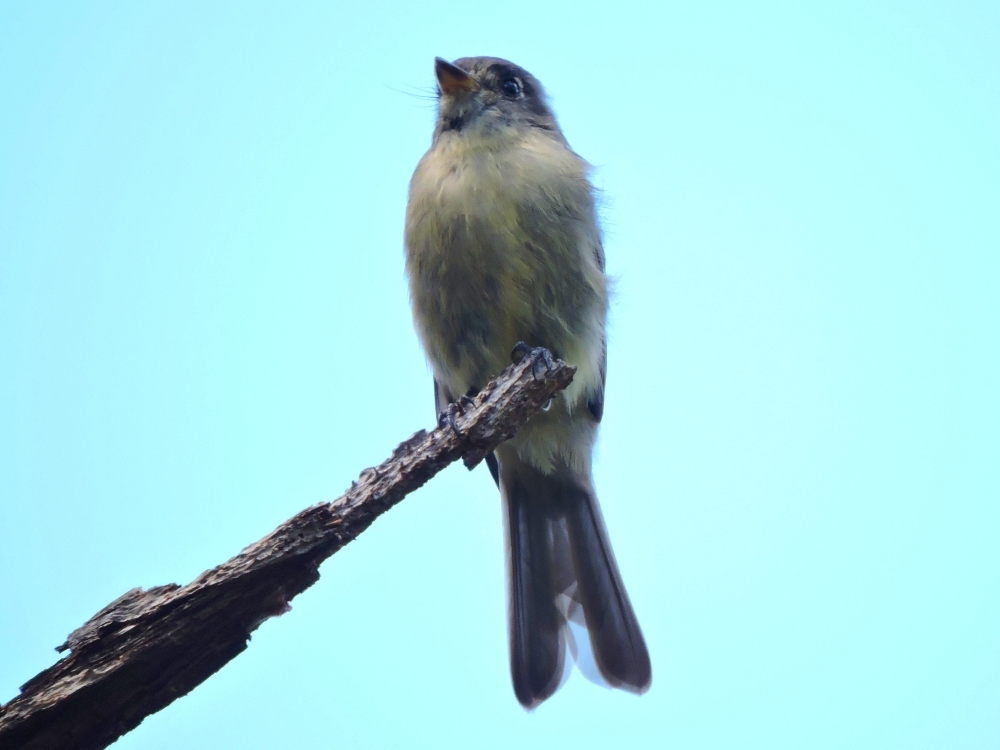
A new addition to my list of Gulls and Terns was Least Tern, an adorable bird, which is even smaller in reality than it appears in this photo.
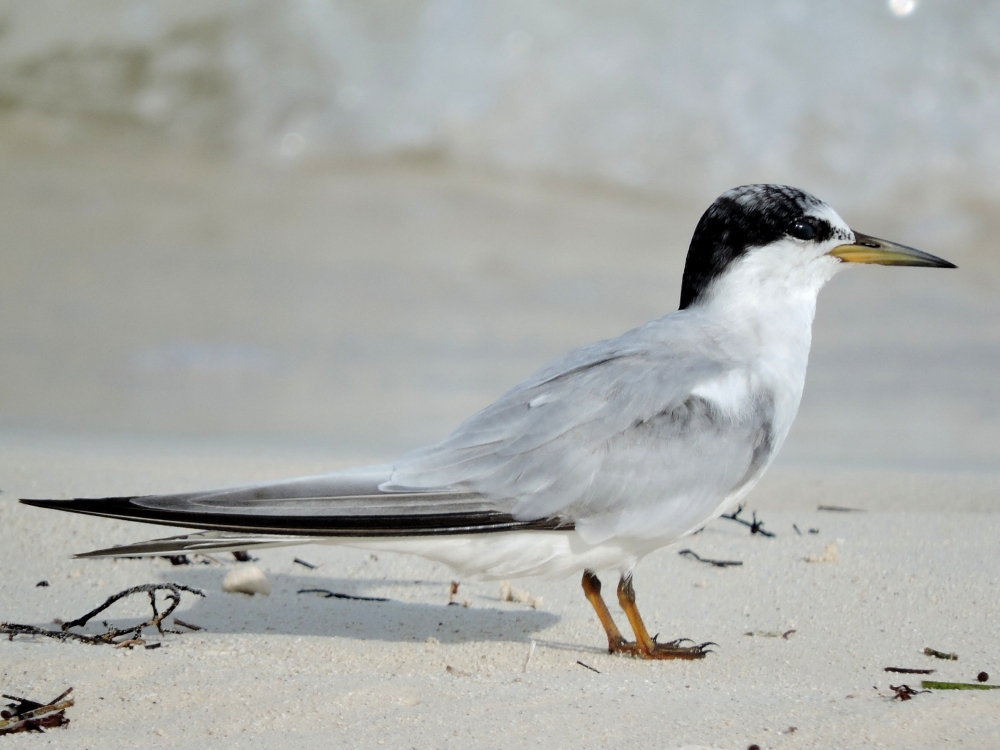
Another common, but rather inconspicuous bird was Black-Faced Grassquit.
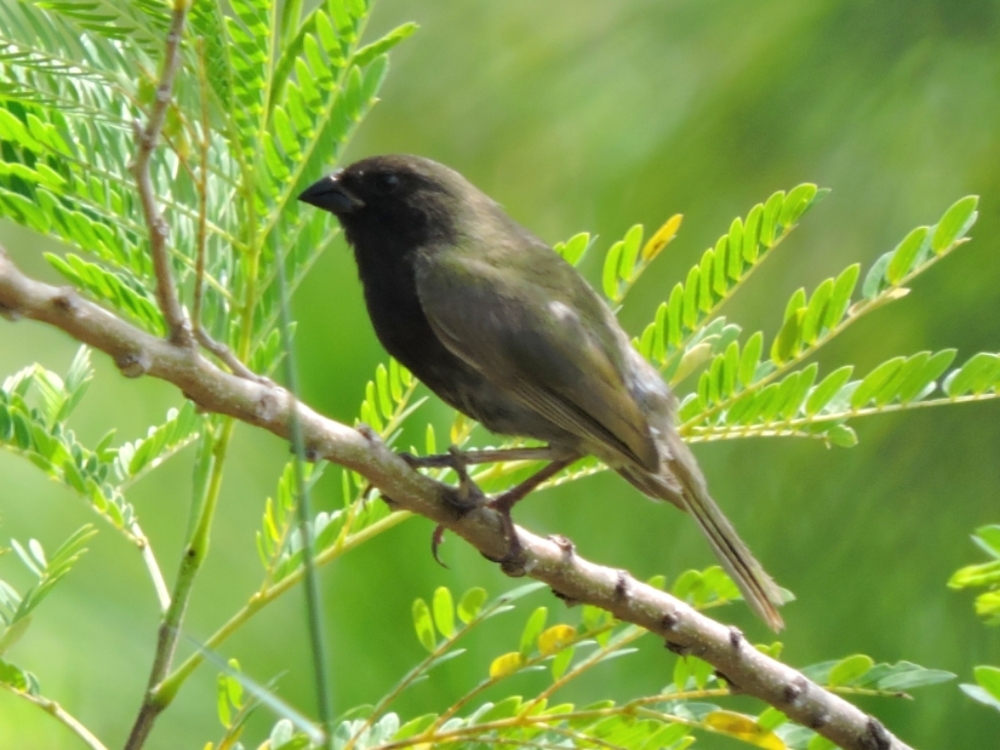
A few warbler species were present already, such as Prairie Warbler.
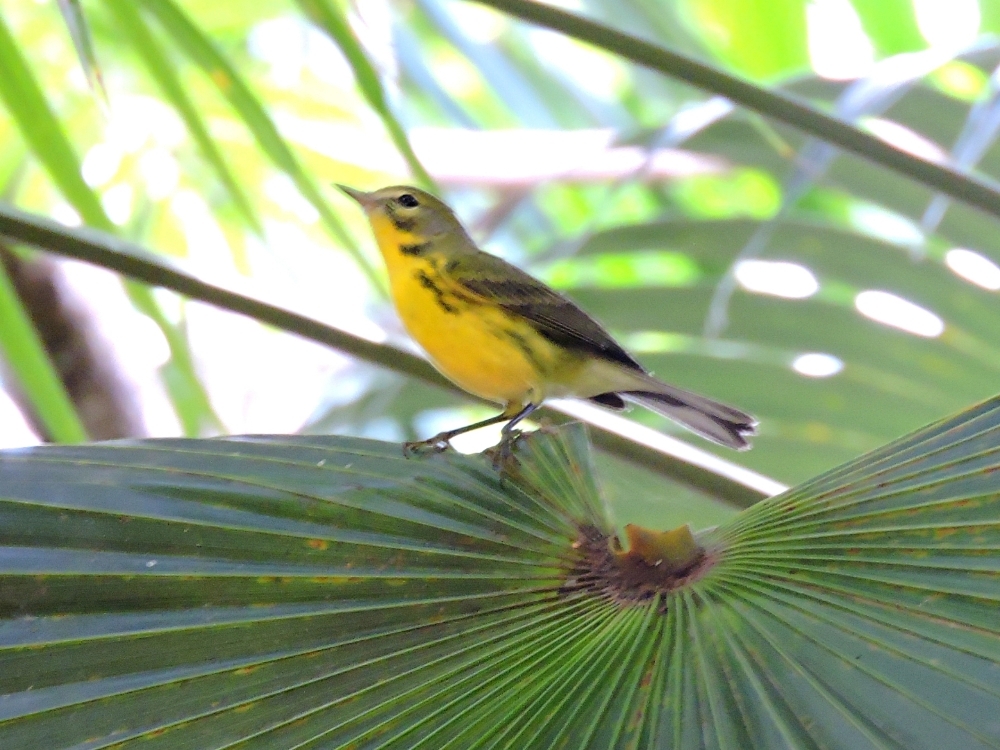
Hummingbirds can always be counted upon to provide a splash of color, and two types are found on the islands I visited. Cuban Emerald, another species I didn’t see in Cuba, brightened things up a bit...
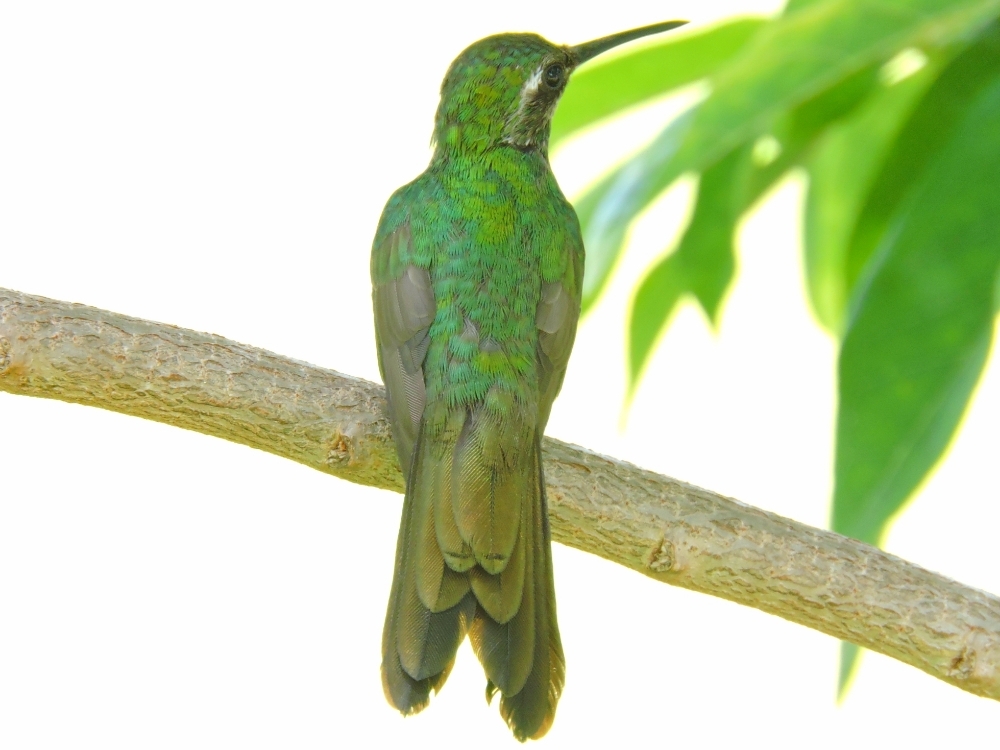
...and one of the islands endemics I did see was the diminutive Bahama Woodstar.
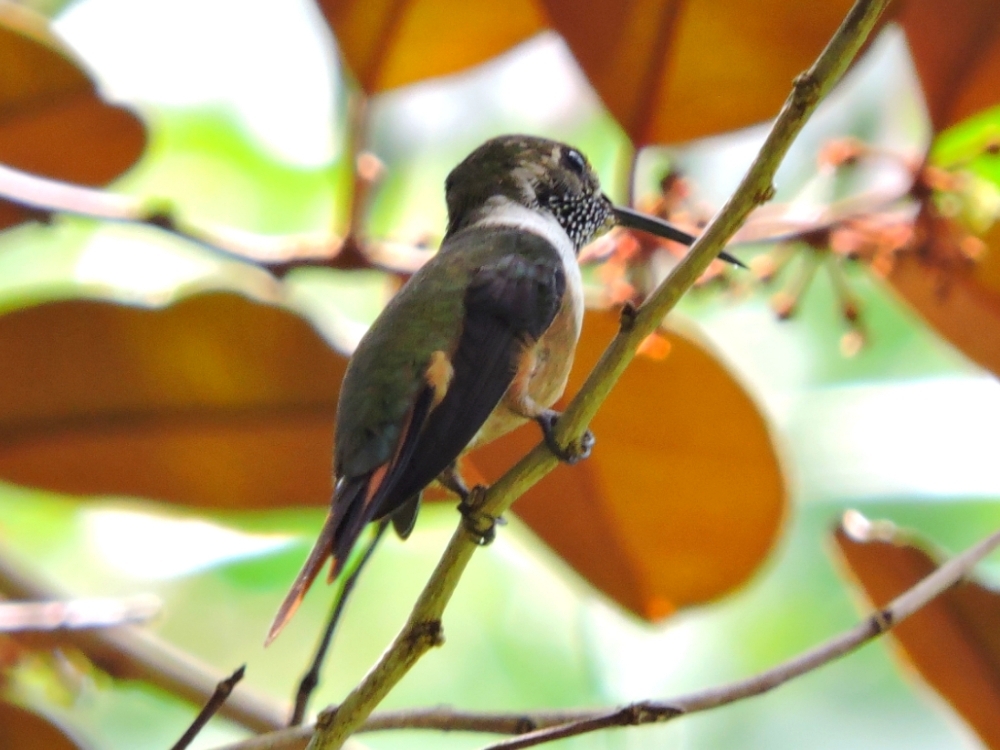
A very nice sighting happened early one morning, when a pair of Mangrove Cuckoo spent some time in the trees overhead. I was still in my tent at the time, however, so I only had views from below, and the only images I could obtain were taken through its netting.
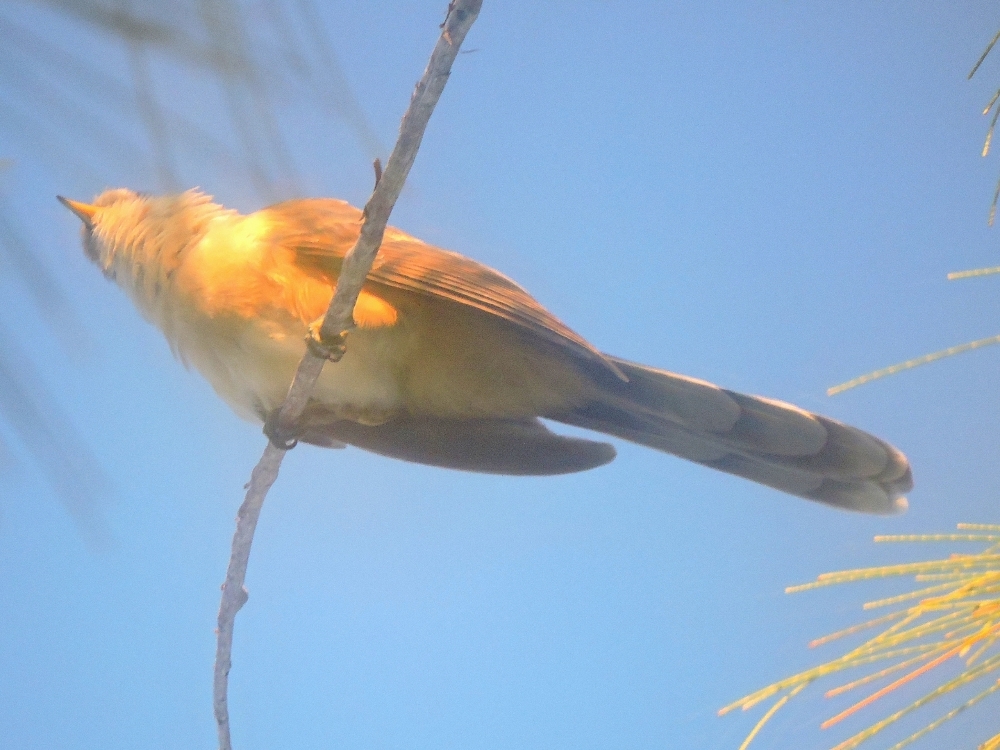
Hints of tropical color began to creep into the scene, like in Greater Antillean Bullfinch...
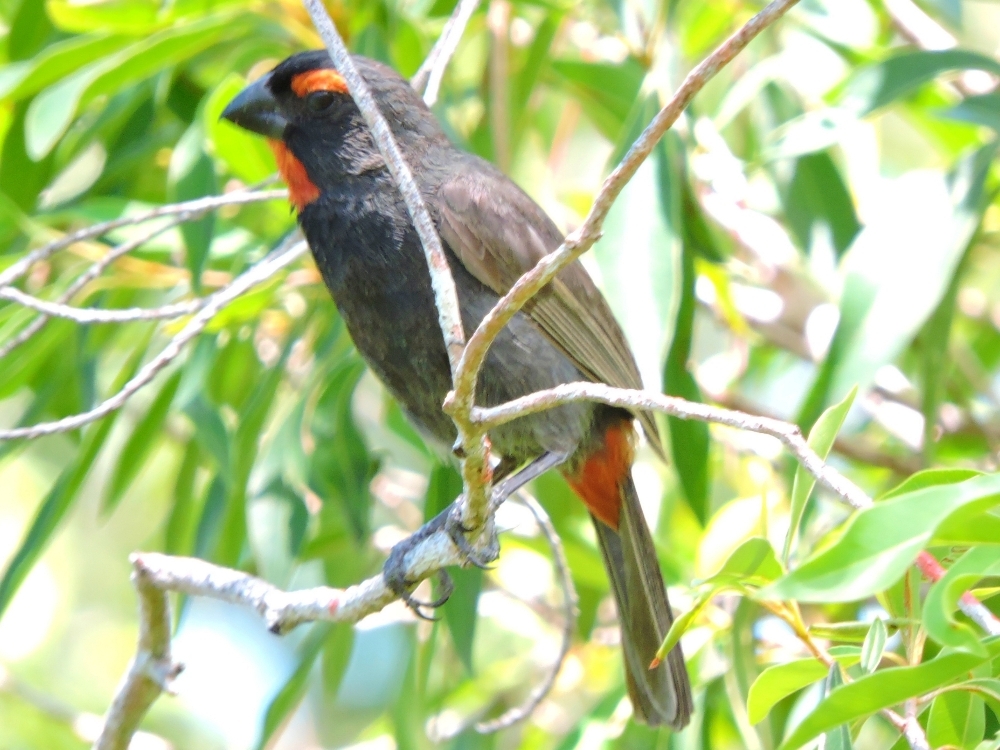
...and a little more significantly with Western Spindalis.
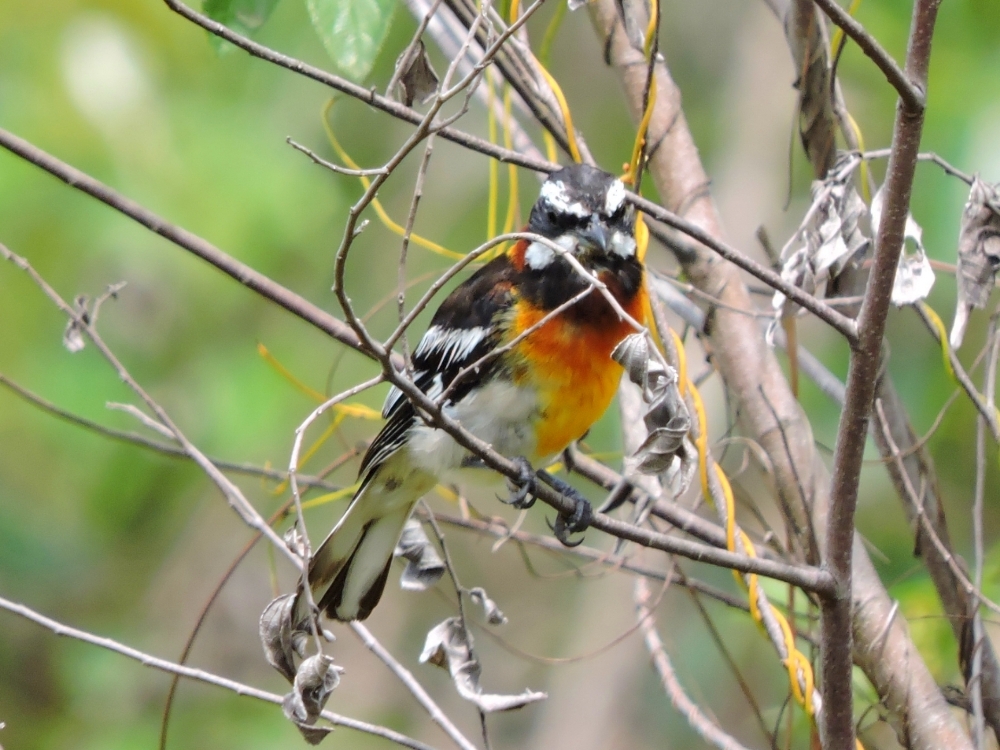
Some of the misses were disappointing, but one actually did come through at the last minute. I had a few hours to kill while waiting for a ferry from Andros Island, to return to New Providence, so I decided to make one last try for Great Lizard-Cuckoo or the endangered Bahama Oriole, endemic to Andros. While I didn't find either, at one point I noticed, out of the corner of my eye, a little marshy pond, like many I had previously checked without finding anything. This one, however, had a slightly worn viewing platform at its edge, so it seemed like a worthwhile place to investigate. Sure enough, moments later I had a nice encounter with Least Grebe! I think Grebes are cool, and seeing four individuals of the smallest memeber of that group was an enriching experience.
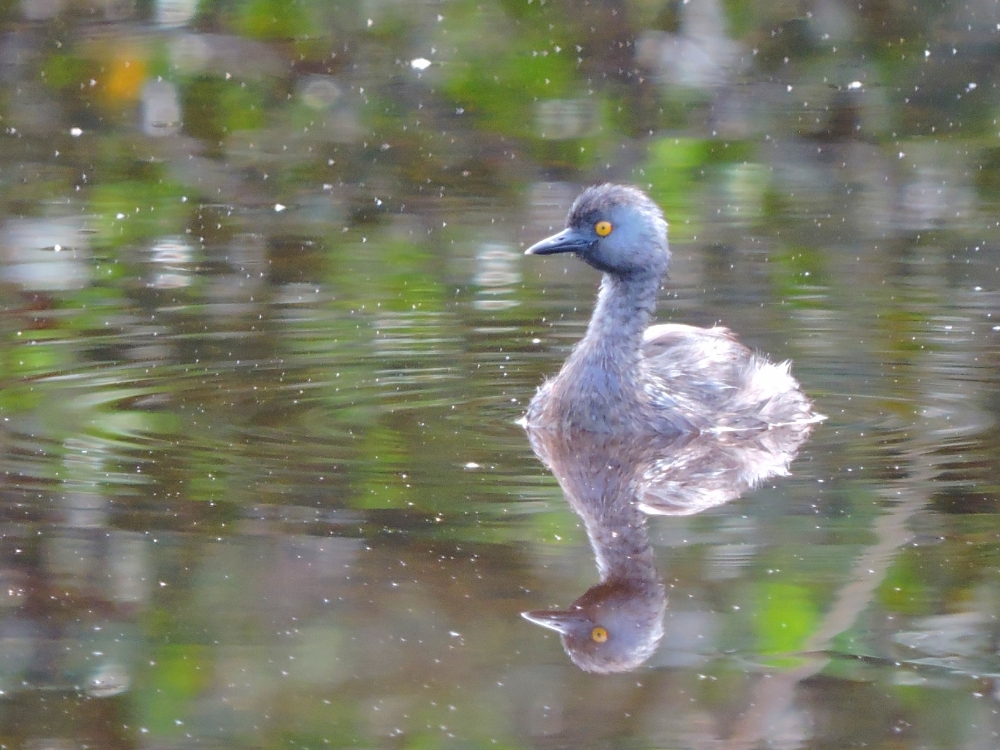
I also recorded observations of some species for which I did not acquire an acceptable photo, including Thick-billed Vireo, Black-Whiskered Vireo, Northern Bobwhite (which I have known as a heard only
species since I was about five years old, but I finally saw one that flushed as I rode past, making it countable now,) West Indian Whistling-Duck, and Audubon Shearwater.
That gave me 22 new life birds for just a few days on three Bahamian islands, and that is a nice improvement of pace compared to the last several weeks. Hopefully that will continue, or even increase, as I move deeper into the tropics. Not to mention the expected addition of more dramatic and attractive species to look for.